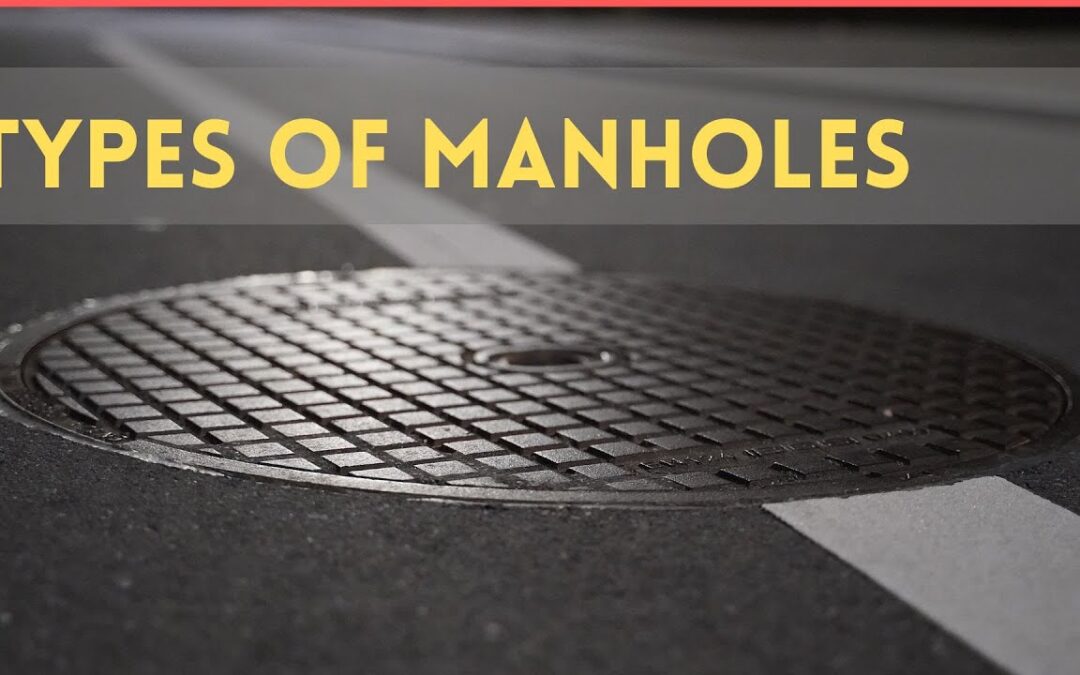Manholes, an essential component of urban infrastructure, play a crucial role in maintaining and managing the underground utility networks that keep our cities functioning smoothly. These access points provide entry to sewer systems, stormwater drains, and other utility lines, allowing for inspection, maintenance, and repairs. In this article, we delve into the diverse types of manholes that exist, each designed to meet specific requirements and challenges faced by urban planners and engineers.
Traditional Cast Iron Manholes:
The classic cast iron manhole has been a staple in urban infrastructure for decades. Known for their durability and strength, these manholes are resistant to corrosion and withstand heavy loads. While traditional, they remain a popular choice in many cities due to their longevity and reliability.
Precast Concrete Manholes:
With advancements in construction materials, precast concrete manholes have become increasingly prevalent. These manholes are pre-fabricated off-site, reducing construction time and costs. The durability of concrete makes these manholes resistant to corrosion and erosion, ensuring a long lifespan.
Composite Manholes:
Materials Composite, such as fiberglass-reinforced plastic (FRP), have gained popularity in recent years. Composite manholes offer a lightweight alternative to traditional materials without compromising strength. They are resistant to corrosion, easy to install, and provide excellent insulation properties.
Polymer Concrete Manholes:
Polymer concrete manholes combine the strength of traditional concrete with the corrosion-resistant properties of polymers. These manholes are well-suited for harsh environmental conditions and are known for their resistance to chemicals, making them ideal for wastewater and industrial applications.
Brick Manholes:
While less common in modern construction, brick manholes were widely used in the past. They offer a classic aesthetic and can still be found in some historical areas. However, their usage has diminished due to the availability of more durable and cost-effective materials.
Adjustable Manhole Systems:
Adjustable manhole systems provide flexibility in height and alignment, making them versatile for various applications. These systems are particularly useful in areas with changing ground levels, allowing for easy adjustments to meet specific requirements.
Safety Manholes:
Safety manholes are designed with a focus on worker safety during maintenance and inspection activities. They often feature additional safety features such as anti-slip surfaces, ergonomic designs, and improved ventilation to ensure a secure working environment.
Customized Decorative Manholes:
In some urban settings, manholes are designed not only for functionality but also as elements of public art. Customized decorative manholes can feature intricate designs, cultural motifs, or city-specific themes, adding aesthetic value to the urban landscape.
Conclusion:
As our cities continue to evolve and grow, the importance of efficient and reliable infrastructure becomes increasingly evident. Manholes, in their various forms, contribute significantly to the functionality and sustainability of urban environments. Whether it’s the timeless durability of cast iron, the efficiency of precast concrete, or the innovation of composite materials, each type of manhole serves a unique purpose in supporting the intricate network of utilities that lie beneath our feet. Understanding the diverse types of manholes allows urban planners and engineers to make informed decisions, ensuring that our cities remain resilient and well-connected in the face of constant change.

